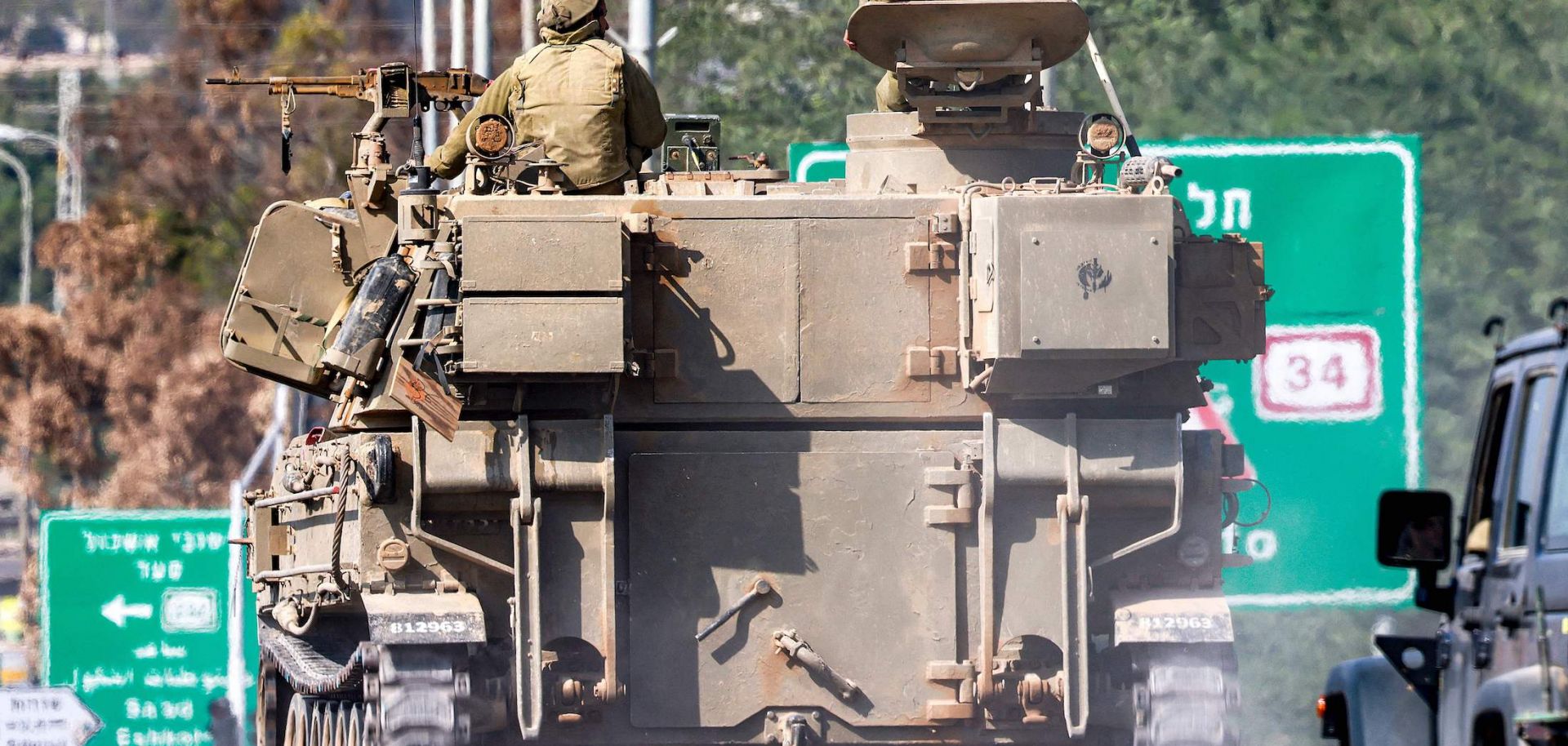Israel's stated military goal in the Gaza Strip is to degrade and destroy Hamas's military infrastructure so that it can no longer conduct large-scale attacks on Israel. Achieving this goal requires Israeli forces to move through densely populated cities like Gaza City, Khan Younis and Rafah. Urban warfare is always challenging for any advancing army, but in the Gaza Strip, uniquely challenging geography and global scrutiny make this military campaign distinct.
The Gaza Strip is roughly the size of the U.S. city of Philadelphia. This means the Israel Defense Forces face a smaller territorial military goal to establish control. This contrasts starkly with other recent regional urban warfare situations, such as the battles of Aleppo and Raqqa in Syria and Mosul in Iraq. In those examples, defenders holding the city often had access to external supply lines and withdrawal options. The relatively small size of the Gaza Strip, by contrast, makes it relatively easy for Israel to isolate Hamas from resupply. This also means that Hamas has virtually no options for withdrawal, incentivizing its fighters to carry out prolonged battles as long as they have the supplies to do so.
Gaza City is the largest of the urban centers in the Gaza Strip, and may also host the majority of Hamas's military infrastructure. Beneath the city is a network of tunnels that includes supply bases, hospitals, barracks and other logistical support units needed to carry out an extended urban campaign against an invading force. While the IDF has overwhelming firepower and intelligence capabilities, it is also constrained by international diplomatic efforts aimed at mitigating civilian casualties during its campaign. The presence of more than 200 hostages taken by Hamas adds to this complexity. This has led the IDF to initiate its ground invasion in phases, using localized tactical advances rather than a massed assault that might overwhelm Hamas. In the coming weeks, the IDF is likely to continue phased assaults rather than one large assault to minimize civilian and military casualties and to address diplomatic concerns over its invasion of the Gaza Strip.




